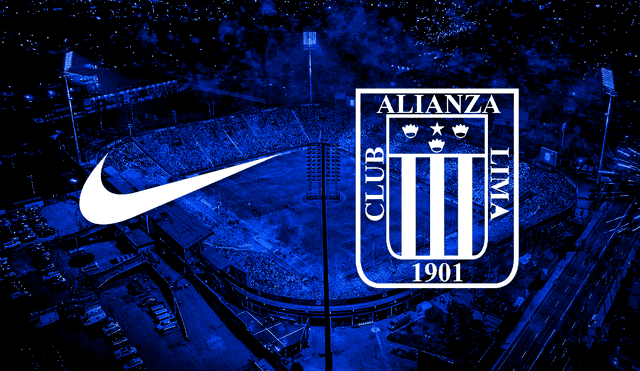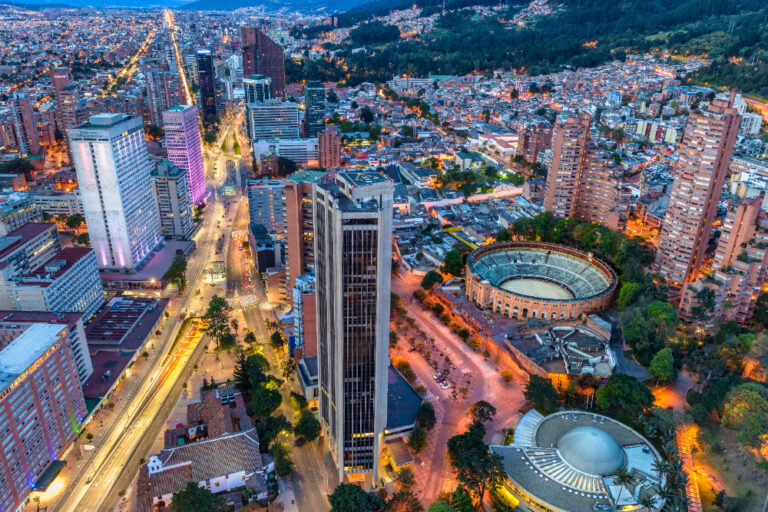
On March 16, 2025, Colombia’s football world was rocked by a historic decision: over 1,000 players—87% of the 1,221 polled—voted to strike, demanding better working conditions from the Colombian Football Federation (FCF) and the Dimayor League. Backed by the global players’ union FIFPRO, this unprecedented move has put the nation’s beloved sport on edge, threatening to halt the 2025 Categoría Primera A season as players stand united against what they see as systemic neglect. As of March 22, the strike’s “zero hour” looms, with fans, clubs, and officials anxiously awaiting the outcome. Here’s why this is happening, what’s at stake, and what it could mean for Colombian football.
The Breaking Point
The vote wasn’t a snap decision—it’s the culmination of months of stalled talks. In January, players, led by their union ACOLFUTPRO, reached partial agreements with the FCF and Dimayor on issues like rest periods and women’s league improvements. But negotiations faltered in February over nine critical demands, including a players’ statute, participation in TV rights revenue, and anti-discrimination protocols. FIFPRO reports that of the 1,067 players who backed the strike, voices from the men’s top two divisions and the women’s league echoed a shared frustration: the powers that be aren’t listening. Stars like Radamel Falcao and David Ospina reportedly cast ballots, lending heavyweight clout to the cause.
The timing is tense. The season’s Torneo Apertura, which kicked off January 24, is mid-stride, with matches updated through March 19. Under Colombian labor law, the strike could begin anytime between now and March 26, depending on when “zero hour” is decreed after the Ministry of Labour was notified last Wednesday. For now, this weekend’s games are on—but the clock is ticking.
What They’re Fighting For
At the heart of the strike are demands for fairness and respect. Players want a formal statute to codify their rights, a say in lucrative TV rights (a major revenue stream for clubs but not players), and stronger policies against discrimination, harassment, and gender violence. ACOLFUTPRO’s Carlos González Puche told FIFPRO that the federation and league set working conditions, yet dodge accountability by claiming clubs are the employers. “We negotiated for 10 months,” he said, “but they won’t budge on all points.” One sticking point: a proposal for an annual national team match to fund player retirements, shot down by Dimayor brass.
The players’ grievances aren’t new. In 2023, ACOLFUTPRO, with FIFPRO’s help, forced dialogue via the International Labour Organization after years of being stonewalled. That effort won concessions—like an earlier 2025 season end date (December 14) for more rest—but the current impasse shows deeper issues persist. With Colombia’s union culture historically weak—just 1.5 million unionized out of 40 million workers—this strike is a bold stand.
The Stakes: Chaos or Change?
If the strike hits, the fallout could be seismic. The Categoría Primera A, featuring 20 teams like reigning champs Atlético Nacional, risks grinding to a halt mid-season. Fans, already buzzing from Neymar’s qualifier clash with Colombia yesterday, might see domestic action vanish. Clubs, caught between paying players and pleasing the federation, are crying foul—some directors told González Puche it’s “unfair” to disrupt their schedules. The financial hit could sting, too, with broadcast deals and ticket sales in jeopardy.
Yet there’s potential for progress. The Ministry of Labour could mediate, as it has before, possibly averting a full stoppage. If players win concessions—like TV revenue shares or a binding statute—it could reshape Colombian football’s labor landscape, inspiring similar fights across Latin America. Women’s players, whose league expanded to 16 teams and eight-month contracts this year, stand to gain most from equity measures.
A Divided Pitch
Sentiment on X reflects the divide. Some fans cheer the players’ guts, with one user posting, “Time to stop exploiting talent!” Others slam it as a selfish move, arguing, “Clubs will suffer, not the suits.” President Gustavo Petro, already at a 64% disapproval low per Bloomberg, hasn’t weighed in—his silence amid this and other crises (like rebel violence) isn’t helping his image. Meanwhile, the FCF’s refusal to comment to Reuters suggests they’re banking on the storm blowing over.
What’s Next?
The next few days are critical. If no deal emerges by March 26, “zero hour” could kick off Colombia’s first major football strike in decades. Games might be canceled, relegation battles—like those tracked in Dimayor’s three-year points table—left unresolved, and the sport’s rhythm disrupted. But if dialogue resumes, this could mark a turning point, forcing the FCF and Dimayor to treat players as partners, not pawns.
For now, Colombia’s footballers are off the bench and in the fight. Whether they score a victory or face a red card depends on what happens off the pitch in the coming days. One thing’s certain: this strike isn’t just about goals—it’s about justice.
What’s your take? Are the players right to strike, or is this a foul on the game? Let me know below!




